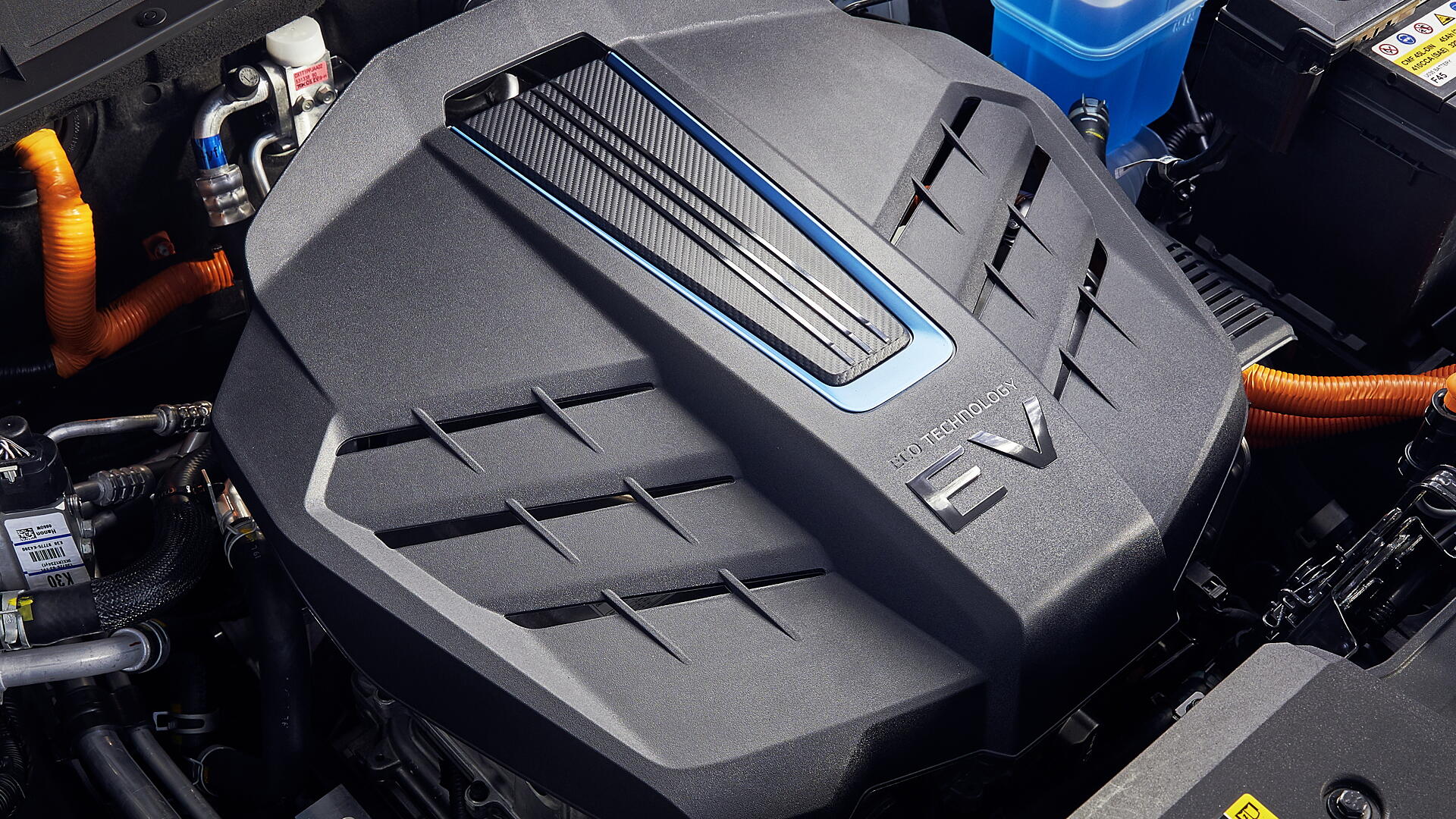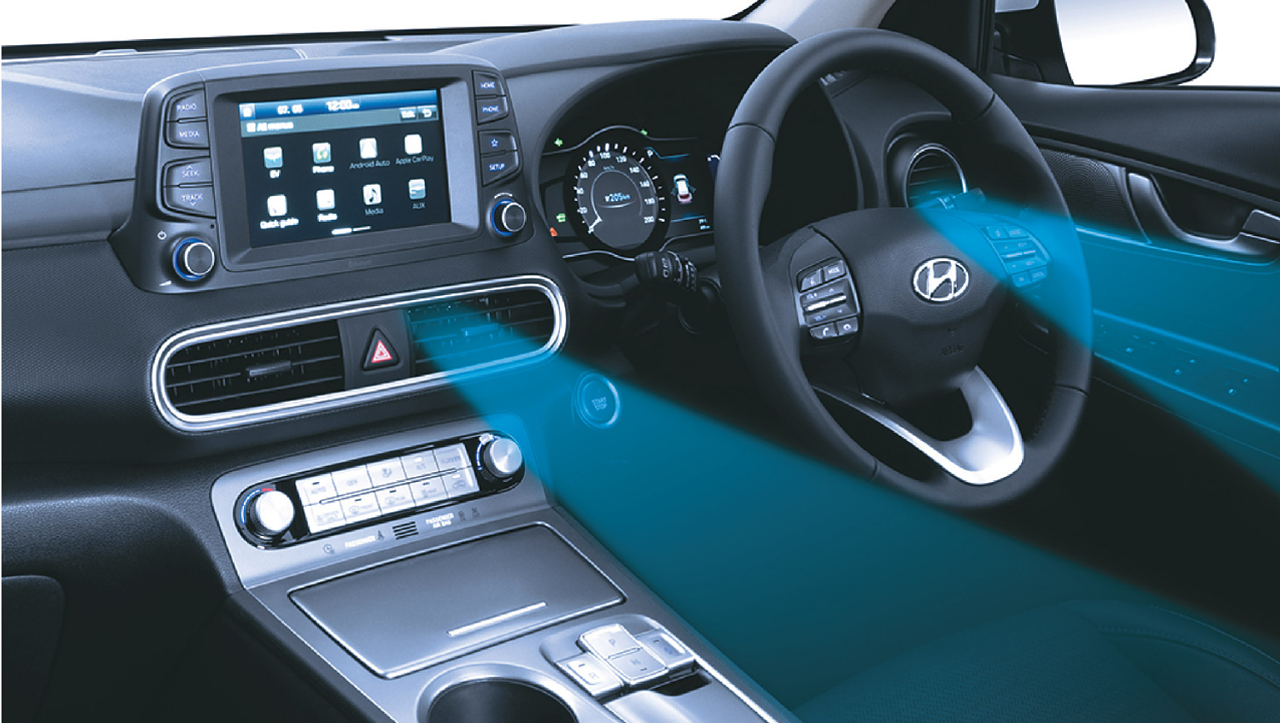
Driven mainly by passenger car production and the increasing utilisation of automotive plastics in vehicle designs, the market size of automotive plastics for passenger cars is set to grow from $ 21.1 billion in 2021 to $ 30.8 billion by 2026, states a recent report published by MarketsandMarkets.
The research report 'Automotive Plastics Market for passenger cars by product type, application (interior, exterior, under the bonnet), vehicle type and geography - Global Forecast to 2026' finds out that the market will grow at a CAGR of 7.9% during the forecast period 2021 to 2026.
Plastics offer a maximum weight reduction of automobiles, which in turn reduces carbon emissions. As a result, there is a growing demand for automotive plastics products from developing economies.
BASF, SABIC, LyondellBasell Industries, LG Chem, DuPont, Covestro, Evonik Industries, Solvay, Arkema, and Borealis are key players operating in the automotive plastics market for passenger cars.
Largest share by type
By product type, the polyurethane segment accounted for the largest market share in 2020. PU has various properties such as high stiffness, strength, dimensional stability, high temperature, abrasion resistance, low friction characteristics, chemical, flame, abrasion, creep, and fatigue resistance, which makes it one of the majorly used plastics. Polyurethanes are utilised in passenger cars for seat foams, carpet backing, seat overlays, head & armrests, airbag covers, and acoustic insulations. The largest share of polyurethanes in terms of value can be attributed to its high cost compared to other plastics such as polypropene, (PP), Polyvinyl chloride and high-density polyethylene (HDPE).

Electric cars will be the fastest-growing segment
The report stated that in the case of vehicle type, the electric cars segment is expected to be the fastest-growing segment of the automotive plastics market for passenger cars. This is because electric cars mainly depend on the lighter parts to improve their driving range as these are lighter and help reduce the weight. Companies like Volvo have their R&D working on plastics materials that store and discharge electric energy. The plastics are strong and light in weight and enough for the vehicles structural components and body panels. In addition, the growth of electric vehicles has improved drastically since 2014 and is expected to register a CAGR of 26.5% by the end of 2026. These factors are expected to drive the electric car vehicle type segment's growth during the forecasted period, the report said.
Asia Pacific leads the pack
According to MarketsandMarkets, the Asia Pacific region accounted for the largest share of the automotive plastics market for passenger cars in 2020. The countries considered for the study in the Asia Pacific region inlcude China, Japan, India, South Korea, Thailand, Indonesia, among others.
The Asia Pacific is a leading manufacturing hub for the automotive industry due to increasing passenger vehicle production in China and India. The vehicle production in these countries is growing rapidly because of the presence of major automotive players such as Honda, Toyota, Hyundai, and Nissan. Manufacturers such as BMW and Volkswagen have already set up manufacturing units in these countries. In terms of geography, Asia has the highest production of electric vehicles, making it the largest market for plastic for EVs. These factors will further fuel the growth of the automotive plastics market for passenger cars in the region, the report added.
Courtesy: MarketsandMarkets. Photos are representational; courtesy: Hyundai